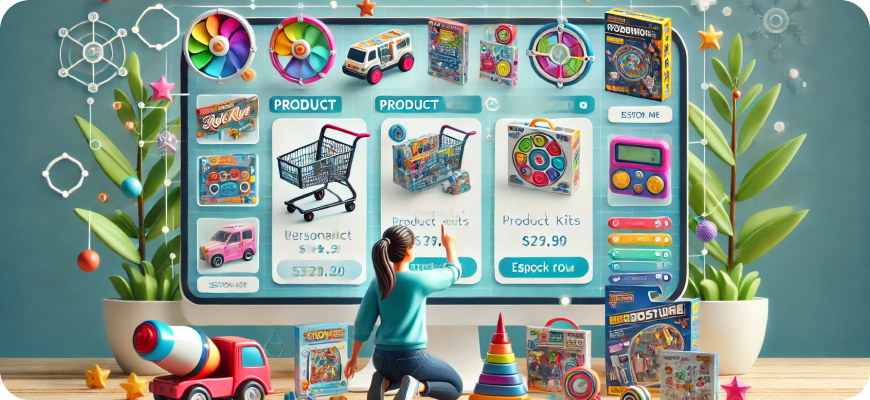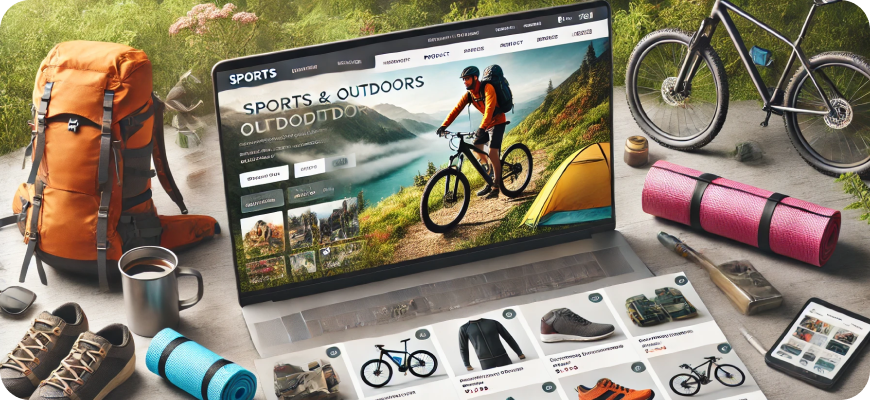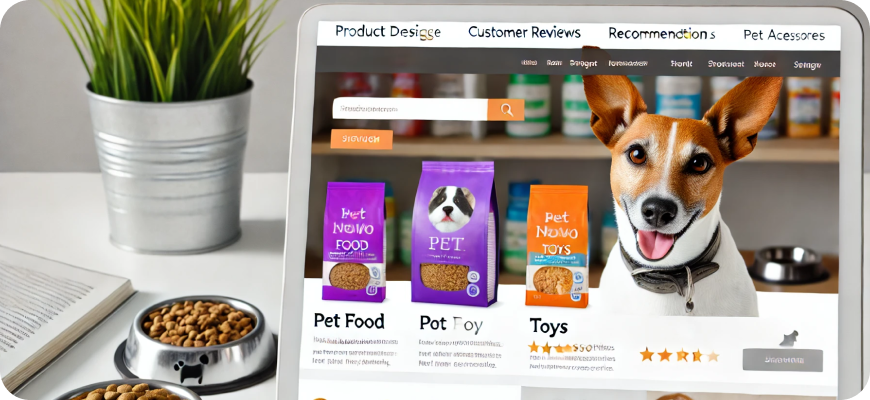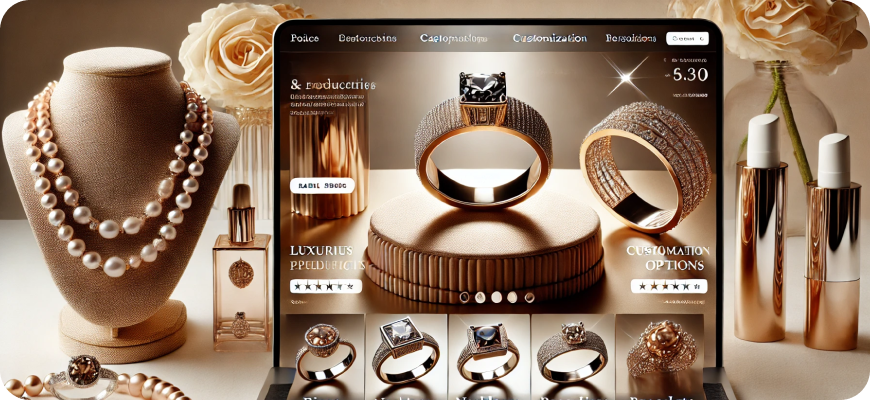Ecommerce Best Practices for Health & Beauty
The health and beauty e-commerce sector is one of the most dynamic, lucrative, and rapidly growing segments in the online retail market. Customers expect highly personalized experiences, authentic interactions, and effective products tailored to their unique needs. To thrive in this competitive industry, e-commerce brands need to create an experience that not only caters to the customer’s aesthetic and wellness goals but also builds trust and loyalty. Below are best practices for optimizing and growing your health and beauty e-commerce business.
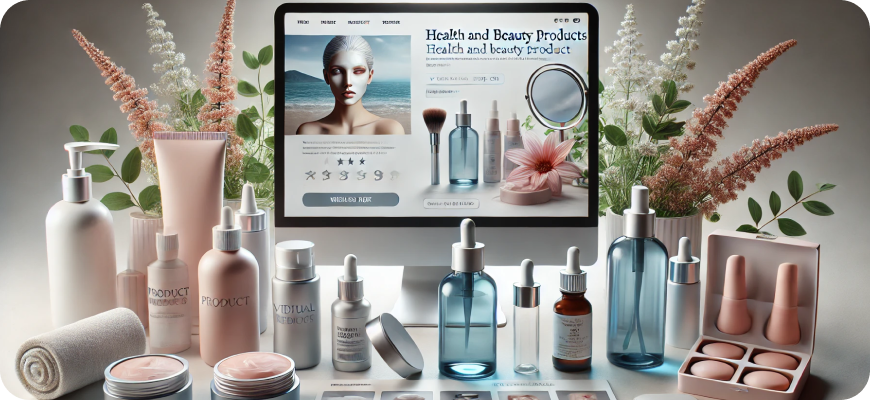
1. Prioritize High-Quality Product Content
When it comes to health and beauty products, customers need comprehensive and detailed product information:
- Detailed Product Descriptions: Explain product benefits, ingredients, application methods, and potential results. Use descriptive language to make the product’s value clear.
- Ingredient Transparency: Many customers are conscious of what they put on their skin or body. Clearly list all ingredients, highlight any that are hypoallergenic, vegan, cruelty-free, or organic.
- High-Quality Images and Videos: Provide multiple angles of your product and showcase it in use. Video tutorials, such as application tips, can help customers feel more confident in their purchases.
2. Offer Personalized Product Recommendations
The health and beauty industry thrives on personalization:
- AI-Driven Recommendations: Leverage customer data to make personalized product suggestions based on their previous purchases, browsing behavior, and preferences.
- Quizzes and Customization Tools: Offer skin or hair care quizzes to guide customers to the right products for their needs, such as “Find Your Skincare Routine” or “Match Your Foundation Shade.”
- Customizable Products: Allow customers to customize their products, like blending their own lipstick shades or building a personalized skincare set.
3. Leverage User-Generated Content (UGC) and Influencer Partnerships
Trust and authenticity are key in the health and beauty industry:
- Customer Reviews and Testimonials: Display customer reviews prominently on your product pages. Verified reviews provide social proof and instill confidence in potential buyers.
- Before-and-After Photos: Showcase before-and-after images submitted by real customers to demonstrate the efficacy of your products.
- Influencer Collaborations: Partner with influencers who resonate with your target audience. Influencers can create tutorials, unboxings, and reviews that boost brand credibility and awareness.
4. Provide an Engaging Mobile Shopping Experience
A significant portion of health and beauty sales happens via mobile devices:
- Responsive Mobile Design: Ensure your website offers a seamless browsing experience on mobile devices with fast loading times, clear product displays, and mobile-friendly navigation.
- One-Click Checkout Options: Simplify the checkout process by offering mobile payment options like Apple Pay, Google Pay, and one-click checkout for repeat customers.
- Mobile-Exclusive Offers: Create special promotions and discounts for mobile shoppers to increase engagement and sales.
5. Implement Strong SEO and Content Marketing Strategies
Search engine optimization (SEO) and content marketing can drive organic traffic to your site:
- Keyword Optimization: Target health and beauty-specific keywords in product titles, descriptions, blogs, and meta tags. Use long-tail keywords for niche products.
- Educational Content: Create informative content like blog posts, guides, and videos that offer value to your customers. Examples include “The Best Skincare Routine for Dry Skin” or “How to Apply False Eyelashes Like a Pro.”
- Voice Search Optimization: Optimize your website content for voice searches, which are becoming increasingly popular. Focus on conversational keywords.
6. Create an Immersive Customer Experience
Give customers an immersive experience to bridge the gap between online and in-store shopping:
- Virtual Try-On Tools: Use augmented reality (AR) technology to enable customers to try on makeup products, like lipstick and eyeshadow, virtually.
- Live Chat Consultations: Offer personalized beauty consultations via live chat or video calls with beauty experts or skincare specialists.
- Product Tutorials and How-To Guides: Create step-by-step guides or videos that show customers how to use your products effectively.
7. Offer Flexible Payment and Shipping Options
Make it as easy as possible for customers to complete their purchases:
- Multiple Payment Methods: Accept various payment options, including credit/debit cards, PayPal, and buy-now-pay-later (BNPL) services like Klarna and Afterpay.
- Free Shipping Thresholds: Encourage customers to spend more by offering free shipping on orders above a certain amount.
- Fast and Eco-Friendly Shipping: Provide fast shipping options and consider offering sustainable packaging to appeal to eco-conscious customers.
8. Build Loyalty Through Customer Rewards Programs
Retaining loyal customers is more cost-effective than acquiring new ones:
- Points-Based Rewards Programs: Offer loyalty points for every purchase, which can be redeemed for discounts or free products.
- Exclusive Perks for Members: Provide early access to sales, exclusive product launches, or personalized gifts for loyal customers.
- Referral Programs: Incentivize customers to refer friends and family by offering rewards, such as discounts or free gifts.
9. Use Social Media to Drive Engagement and Sales
Social media is a powerful tool for building brand awareness and driving e-commerce sales:
- Shoppable Posts: Utilize social media platforms like Instagram and Facebook to create shoppable posts that allow customers to buy directly from their feeds.
- Live Streaming Sales Events: Host live sales events on platforms like Instagram Live or TikTok, where you showcase products, answer questions, and offer exclusive deals.
- Engaging Content: Share a mix of content, including tutorials, behind-the-scenes looks, customer spotlights, and UGC.
10. Focus on Sustainability and Ethical Practices
Customers are increasingly drawn to brands that prioritize sustainability and ethical practices:
- Eco-Friendly Products and Packaging: Offer products that use sustainable ingredients and reduce plastic packaging. Highlight these practices in your marketing.
- Ethical Sourcing and Cruelty-Free Practices: Clearly communicate any cruelty-free certifications, vegan formulations, or ethical sourcing initiatives.
- Transparency: Be transparent about your sourcing, manufacturing, and supply chain practices. Customers appreciate brands that are open about their values.
11. Optimize the Checkout Process
Cart abandonment can be minimized with an optimized checkout experience:
- Guest Checkout Option: Allow customers to make purchases without creating an account.
- Progress Indicators: Show a visual indicator of checkout progress to reassure customers and reduce drop-offs.
- Auto-Fill Features: Integrate auto-fill options for shipping and payment details to streamline the checkout process.
12. Develop a Clear and Easy Return Policy
A straightforward return policy can influence purchasing decisions:
- Hassle-Free Returns: Offer a clear and generous return policy, making it easy for customers to return products that don’t meet their expectations.
- Online Return Portal: Simplify the return process with an online portal for tracking returns and exchanges.
- Return Policy Transparency: Make your return and exchange policies easy to find and understand on your website.
13. Leverage Data and Analytics for Growth
Data-driven decision-making can help you optimize and grow your business:
- Customer Behavior Analytics: Use analytics tools to track customer behavior, including browsing patterns, purchase history, and abandoned carts.
- A/B Testing: Test different product pages, layouts, and marketing messages to determine what resonates best with your audience.
- Personalized Marketing Campaigns: Use data to create personalized marketing campaigns, including email promotions, retargeting ads, and product recommendations.
14. Ensure Compliance and Safety
Health and beauty products must comply with regulatory standards:
- Label Accuracy: Ensure all product labels accurately describe the product’s ingredients, benefits, and usage instructions.
- Safety Testing and Certifications: Conduct thorough safety testing and provide certifications, such as dermatologically tested or clinically proven, where applicable.
- Compliance with Regulations: Stay up-to-date on regional and international health and safety regulations to ensure compliance.
15. Foster Community and Customer Engagement
Building a community around your brand increases customer loyalty:
- Online Communities: Create spaces for customers to share their experiences, such as forums, social media groups, or brand ambassador programs.
- Interactive Content: Encourage customer participation with polls, quizzes, and user-generated challenges.
- Events and Webinars: Host webinars, masterclasses, or interactive Q&A sessions on topics like skincare routines or makeup application techniques.
16. Invest in Email Marketing for Retention
Email marketing remains one of the most effective channels for engaging with customers:
- Welcome Series: Send new subscribers a welcome series that introduces your brand’s values and top-selling products.
- Product Launch Announcements: Use email campaigns to announce new product launches, promotions, and limited-time offers.
- Re-Engagement Campaigns: Send special offers and personalized content to inactive customers to encourage them to return.
17. Provide Exceptional Customer Support
Responsive and knowledgeable customer support sets you apart:
- Live Chat Support: Offer live chat for instant responses to customer inquiries. Chatbots can handle common questions while human agents manage more complex issues.
- Customer Feedback Channels: Encourage and act on customer feedback, whether through surveys, reviews, or social media interactions.
- Follow-Up Communication: After a purchase, follow up with customers to ensure satisfaction and offer support for using your products.
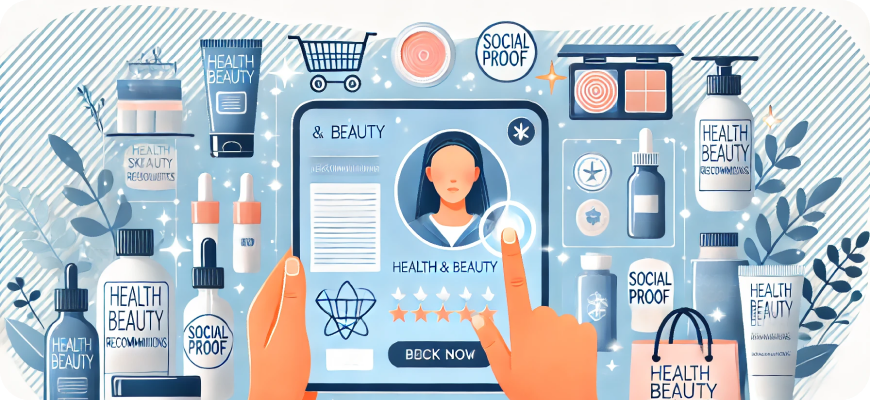
Conclusion
In the rapidly evolving health and beauty e-commerce space, brands that focus on personalization, customer engagement, ethical practices, and seamless online experiences will succeed. By following these best practices, you can build a loyal customer base, drive repeat sales, and differentiate your brand in a crowded marketplace. Whether you are a skincare startup or a well-established beauty brand, continuous innovation and a customer-first approach are keys to thriving in this competitive industry.

